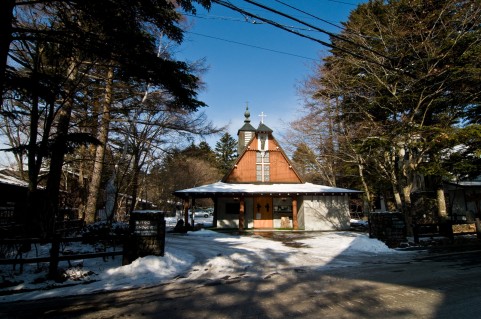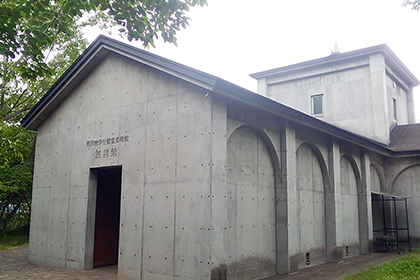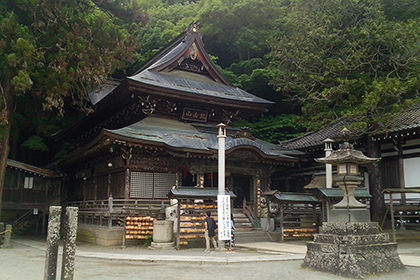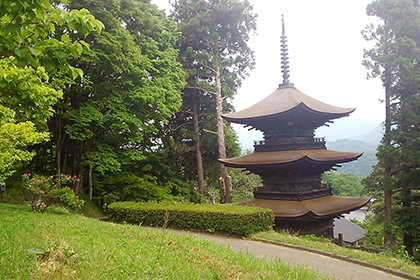

Komoro Suburban Course
[D1] Komoro Suburbs Calming Stage Karuizawa Walking Course 4 Hours
- [Departure] Sakudaira Station
- 20 Min.
- A Dream Harvest Farm 30 Min.
- 15 Min.
- B Shinrakuji Temple 30 Min.
- 15 Min.
- C Oiwake-Shuku 15 Min.
- 15 Min.
- D Kumoba Pond 10 Min.
- 20 Min.
- E St. Paul’s Church 30 Min.
- 10 Min.
- [Arrival] Sakudaira Station
| Standard (four/five seater) |
Jumbo (nine seater) |
|---|---|
| ¥30,000 | ¥42,400 |
ADream Harvest Farm
Visitors can pick the Earth’s natural gift — lavender. You can come across over 300 types of herbs here. The healthy herbs raised in the highlands absorb plentiful solar energy, weaving together an artistic tapestry of colors and smells.BShinrakuji Temple
Visitors step through a thatch-roofed deva gate and climb a set of stone stairs lined densely with cedar trees unfolding before the approach to the premises of Shinrakuji. This is the oldest temple in the Karuizawa area, opened in the first year of the Yomei Era (circa 585 CE). The temple was built for prayers to quell the eruptions of Mt. Asama.COiwake-Shuku
Oiwake prospered as the largest outpost town in the Edo Era. Oiwake is also a place of literature, beloved by many literary figures such as Tatsuo Hori.DKumoba Pond
Kumoba Pond, also known by its nickname of “Snowflake,” is an area that is perfectly suited for a stroll and a timeout. It is absolutely vibrant year-round as it shows off the face of the seasons, steeped in deep green in the early summer and painted with the red of the surrounding tree leaves during the autumn.ESt. Paul’s Church
A beloved location that can even be called the symbol of old Karuizawa.[D2] Komoro Suburbs The Kamakura of Shinshu — Old Temple Tour Walking Course 6 Hours
- [Departure] Sakudaira Station
- 40 Min.
- A Mugonkan 20 Min.
- B Zensanji Temple 30 Min.
- 15 Min.
- C Chuzenji Temple 30 Min.
- 15 Min.
- D Kitamuki Kannon 30 Min.
- 10 Min.
- E Anrakuji Temple 20 Min.
- 10 Min.
- F Jorakuji Temple 20 Min.
- 10 Min.
- G Daihoji Temple 20 Min.
- 30 Min.
- [Arrival] Sakudaira Station
| Standard (four/five seater) |
Jumbo (nine seater) |
|---|---|
| ¥45,000 | ¥63,600 |



